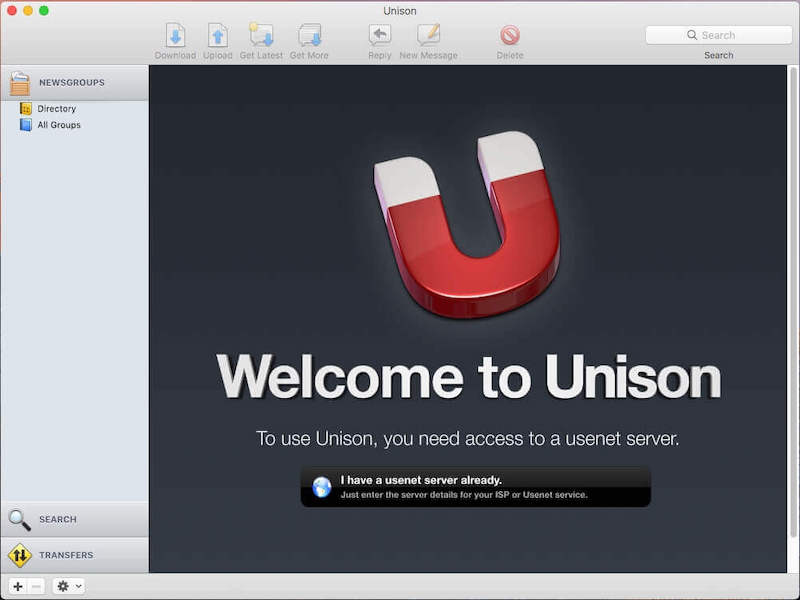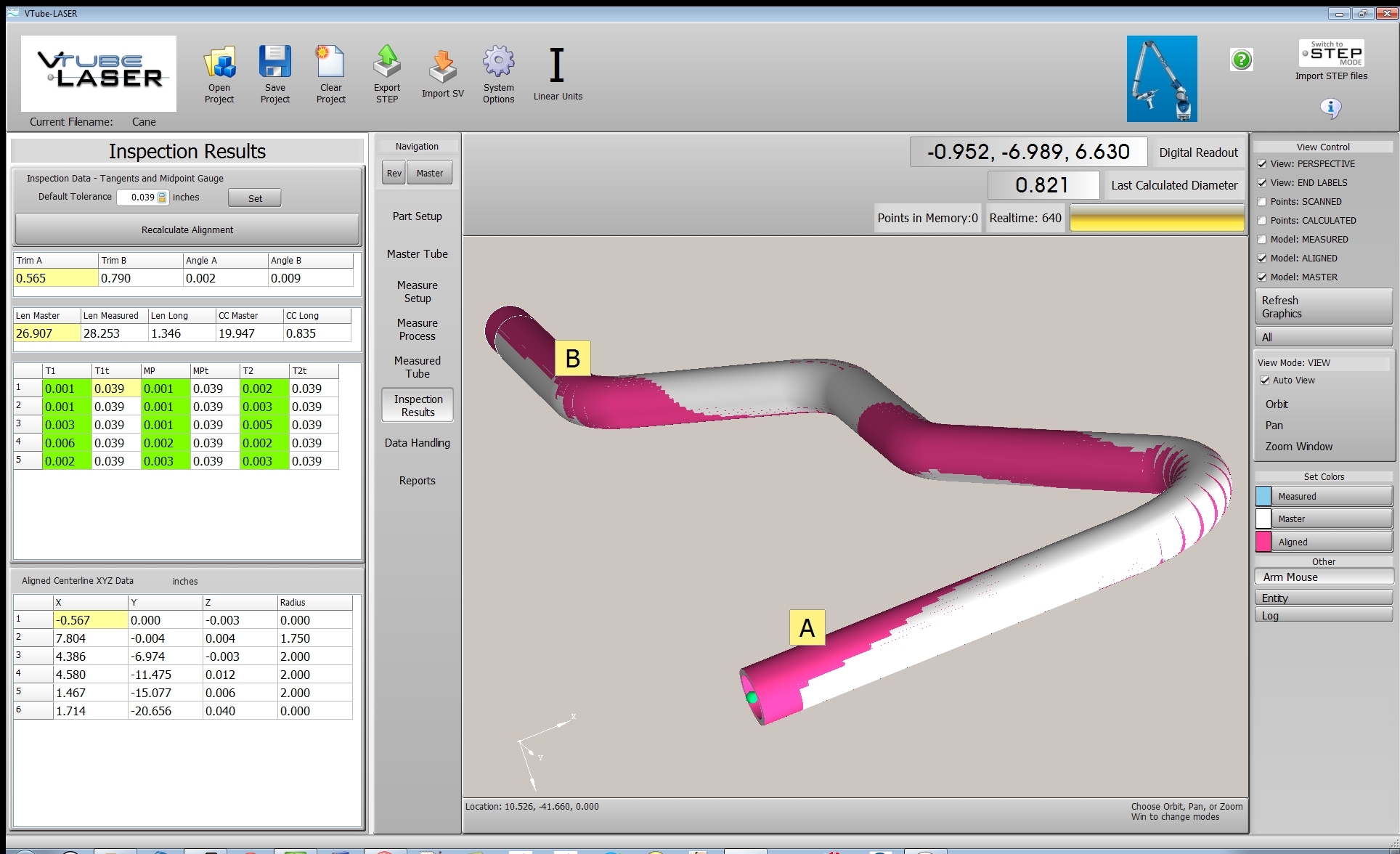

In my echo-singing example, the students were being assessed on performance. This can also be recorded as part of your report card grades. With photos of student work in hand, you can sit down and record which students need assistance with understanding the mechanics of musical notation. These photos are also useful for slide shows, school web sites, and other sharing opportunities. Ask each student to pose with or write their name on the composition, and take a picture. To quickly document your students' work, have a camera handy. Melodies can be created with pennies/dots on staves, or again drawn with paper or technology.
#Unison software free#
Rhythm patterns can be made with manipulatives, such as rhythm cards ( free template), drawn on whiteboards or paper, or created with technology. There are many ways to get students to compose. Below is a short list of documented assessments that I have found useful in my career. Documentation allows us to spend more time preparing between classes for using our time wisely with all of our students.

One tool that can really help us decide which students are in most need of our attention is some form of documented assessment. This is why ensemble directors push for solo or small group lessons, and why elementary teachers will set up student-driven "stations" to keep most of the class learning and occupied while they focus on a small group.

However, we are often overwhelmed with providing quality feedback to all of our students on a regular basis. For example, if we aren't getting into our upper register, I might abandon song patterns and try sighs/sirens instead, and have a short discussion about stretching our range.Įxperienced music teachers at all levels are experts at this form of immediate feedback. All of this information is processed immediately, and informs the next echo that I sing. By watching them, I can see if a child is not sitting/standing with good posture, is distracted, etc. By listening to their performance, I can gauge how well the class is matching pitch, their dynamic level, and clarity of diction. If I say, "Echo me," and then sing a pattern, that is a short set of instructions, which the students immediately try to put into practice by repeating my pattern. The most important form of assessment then is the informal assessment that happens nearly constantly in the music classroom.

The quicker we can cycle through this feedback loop, the more we can differentiate the instruction and improve student learning. This assessment then informs the next step of instruction, so that it can be tailored to the needs of the student with feedback and next steps. The third step is assessment, where the teacher (or the students themselves) decide on the quality of the work and understanding. Learning is a continuous cycle of teacher instruction and/or student exploration, followed by students practicing and applying their new knowledge. the action or an instance of making a judgment about something : the act of assessing something : appraisal assessment of damages an assessment of the president's achievements.


 0 kommentar(er)
0 kommentar(er)
